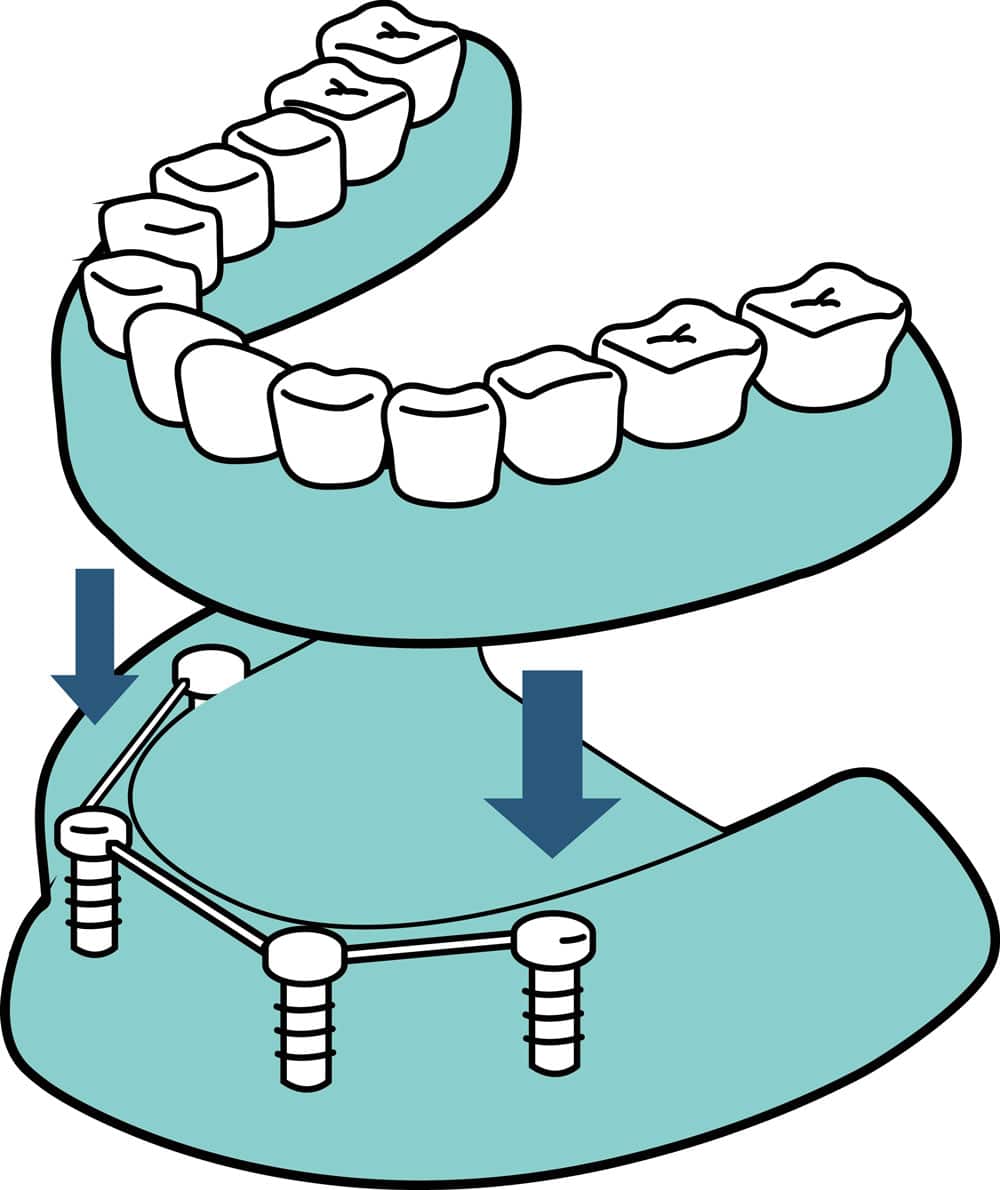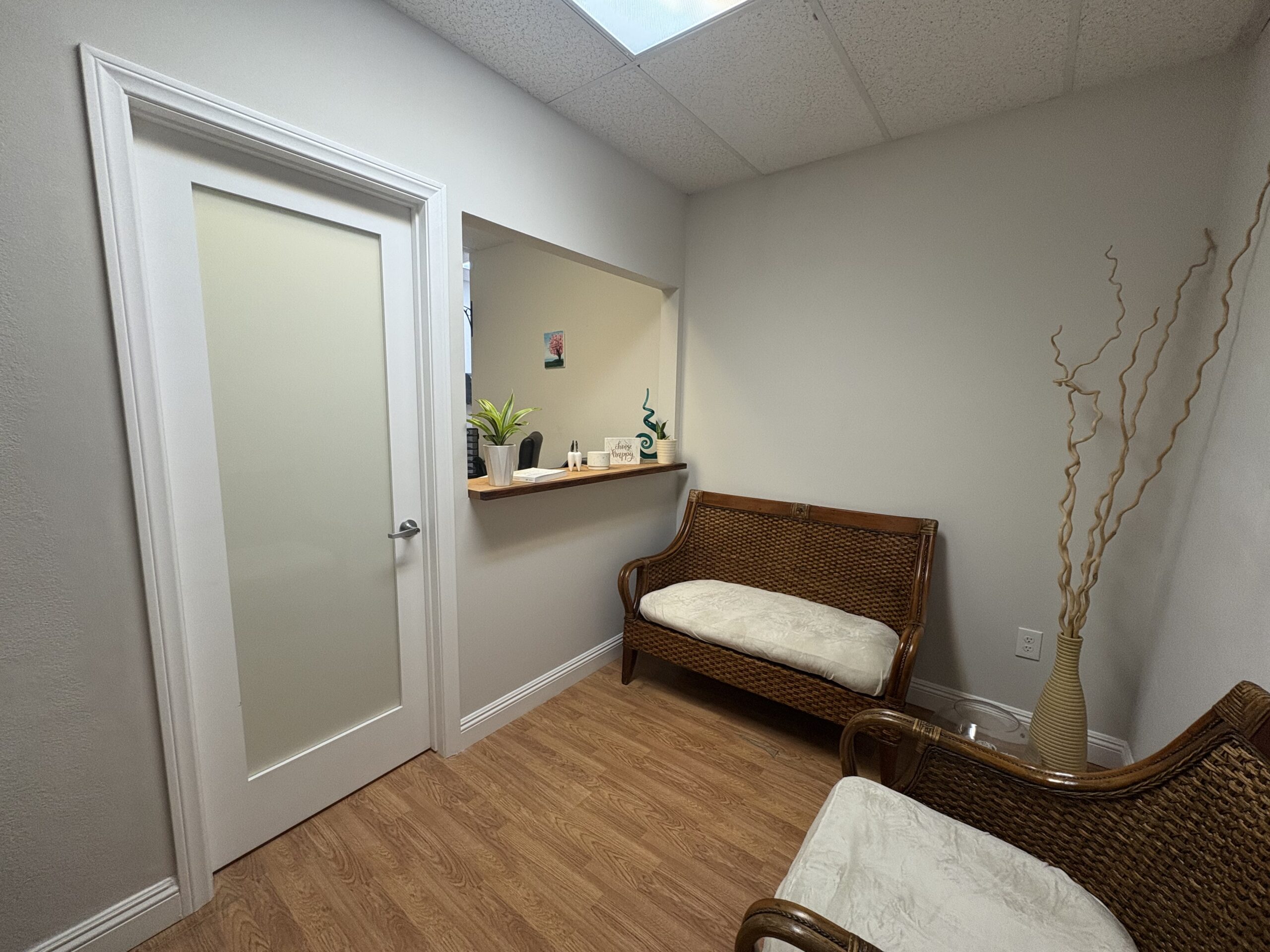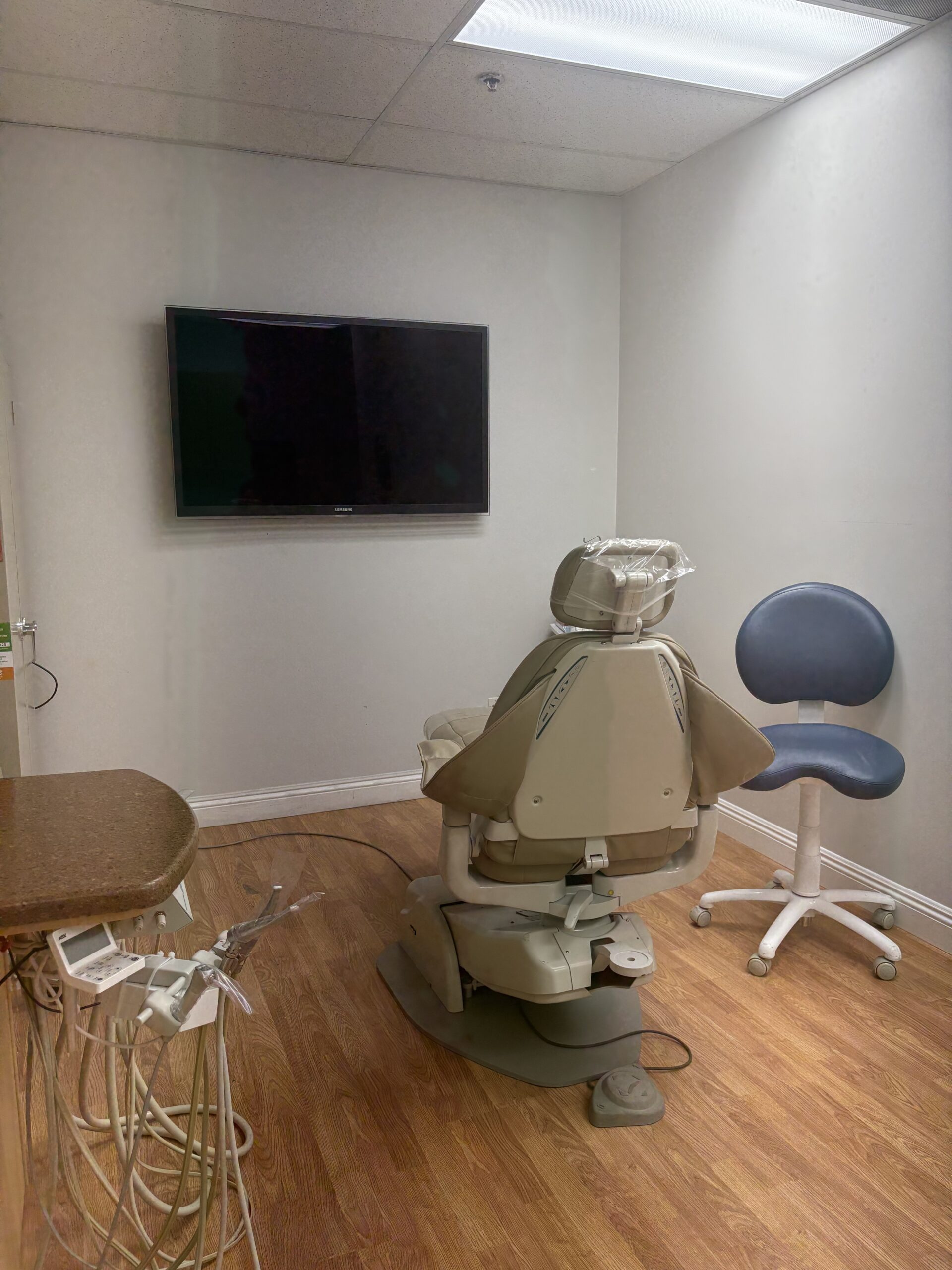Root Canals & Surgery
- Focused exam and on‑the‑spot pain relief steps.
- CBCT 3D imaging when indicated to evaluate roots, curves, and nearby anatomy.
- Gentle numbing and rubber dam isolation to keep the field clean and dry.
- Ultrasonic and activated irrigation to remove debris and bacteria from complex areas.
- Bioceramic sealers and warm obturation techniques for a dense, long‑term seal.
- Medicament and a protective temporary between visits when needed.
- Coordination for the final crown or restoration so the tooth is protected.
- Transparent fees, insurance assistance, and financing options.
How Root Canals Work

Consultation
Dr. Irving A. Meeker M.S., D.D.S. will listen to your goals, examine your teeth, and create a treatment plan that ensures veneers are the right choice for your smile.

Preparation
A small amount of enamel is carefully shaped to make space for your veneers. Impressions are taken to design veneers that match your ideal shape, size, and color.

Placement
Your custom veneers are securely bonded to the front of your teeth. With expert precision, Dr. Meeker ensures a comfortable fit and a natural, confident smile.
When Surgery Is The Better Fix (Apicoectomy)
If infection persists after a prior root canal or if the root anatomy is unusually complex, a minor surgical procedure called an apicoectomy can remove the inflamed tip of the root and seal the end. Through a small opening in the gum, the area is cleaned, a micro‑tip is used to prepare the root end, and a biocompatible filling is placed. Most patients resume normal routines the next day with simple home care.

Root Canal Questions Answered
Will the procedure hurt?
You will be fully numb. Most patients report feeling pressure, not pain.
How long does treatment take?
Many teeth are completed in a single visit. Complex cases may be finished in two visits for the best result.
Do I always need a crown afterward?
Back teeth usually do for strength. We will review the specific tooth and your bite to decide.
Can a failed root canal be fixed?
Often yes. Retreatment or an apicoectomy may resolve persistent infection and save the tooth.
Is extraction a better option?
We will outline pros and cons. Saving your natural tooth often maintains the most natural chewing and alignment.
Limited-Time Smile Specials
Why Choose Dr. Irving A. Meeker, M.S., D.D.S.
Patient Testimonials
★★★★★ 5.0 out of 5.0 from 600+ reviews on Doctible.
Endodontic Care That Saves Teeth
A root canal cleans and seals the inside of a tooth when the nerve is inflamed or infected from deep decay, cracks, or trauma. With advanced techniques, we can carefully clean and disinfect even the smallest canals to prevent missed areas that could cause lingering problems. Preserving your natural tooth helps maintain your bite, jawbone, and smile alignment..

Imaging: How We Find Hidden Problems
CBCT scans reveal extra canals, fractures, and sinus involvement in three dimensions. This advanced imaging allows us to detect calcified canals, tiny cracks, and accessory anatomy that might otherwise be missed. The added precision improves accuracy and helps reduce the risk of retreatment.
Comfort First
Expect thorough numbing, slow and gentle technique, and clear communication at each step. If you are anxious, tell us. We can structure visits and pacing to keep you comfortable and provide detailed guidance for an easy recovery at home.

